
Unit 3
The Invention of the Camera
1) What was one of the reasons artists stopped focussing on realism?
The main reason is the introduction of lenses, they were cheaper and they captured life exactly as it was. This took away a large part of an artist's job and so they started to do what the camera can't do.
2) Who was the first artist to focus on ‘capturing emotion and light in a paintingrather than capture realism’?
One of the first artist that displays emotion rather than realism in his paintings is J.W.Turner. In this painting the sea is black to symbolize suffering and pain, plus the ship is going towards a dark red-ish sky to show how they are taking slaves to a worse place (the sky is also bright from where the ship came from).
3)What movement was trying to ‘capture a feeling or experience rather than to achieve accurate depiction’?
Monet was one of many artists called the 'impressionists'. They were not liked among the people as art was considered to only paint real life, however these 'impressionists' liked the name and they carried on drawing emotions and impressions in their paintings rather than realism. This image of a haystack is very clever in how it uses colour to show depth. Cold colours for shadows instead of
darkening the ground goes against the rule that cold colour appear more behind, he also made the background of warm colours to further enforce his idea.
4)What did Cezanne say that everything can be reduced to?
Cezanne believed that everything in life can be made from geometrical shapes (sphere, cone, and cylinder). He made the haystacks in the foreground a square, triangular houses, and circular trees. Colour is used to show depth.
5) Picasso's style is to let the person viewing it see what they want. There are several different viewpoints on this picture and you can choose which one you want to see. He also uses simple shapes.
6) What did Photorealism develop in response to?
Photorealism became popular as a counter to abstract art.
Photorealism is where the painting is made to look as real as possible,
it also takes advantage of the camera as the camera can't capture high speed images, whereas painters can. Examples of these are water droplets and reflections.
The 2 pictures from the left use water and its reflections to achieve a photorealistic painting. The camera can capture smoke easily but smoke is really hard to paint, by adding smoke and making it look so realistic makes it hard to believe that this image is not taken by a camera. The lamp post also emits light rays and lens flare which is unique to cameras and adds to the realistic aspect.
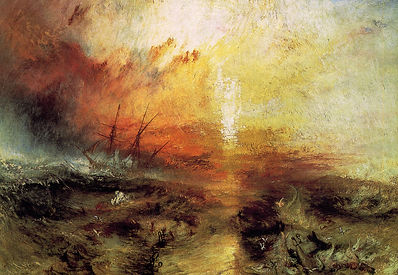

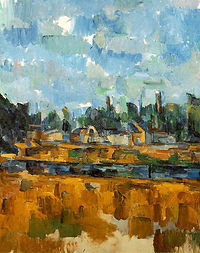

 |
|---|
 |
 |
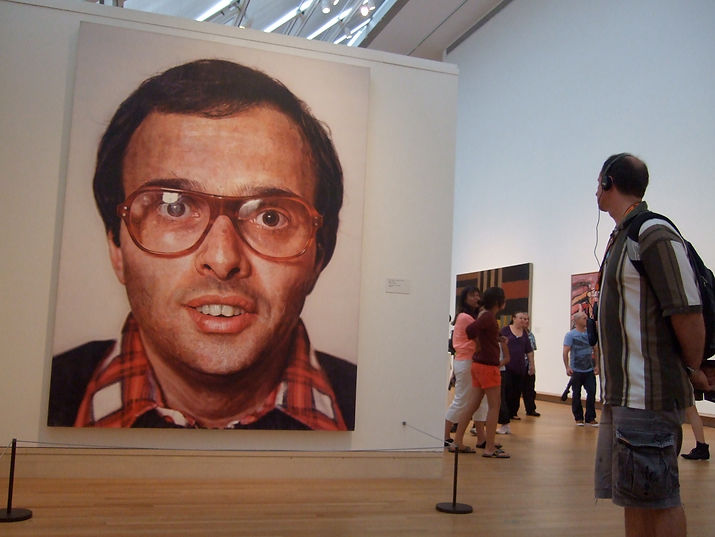
As you can see the photorealistic paintings are very large to help the artist capture the smallest of details.
Did the invention of cameras "kill" art?
The invention of the camera put a lot of artist on the verge of bankruptcy, as the camera did the job better, faster and cheaper than the artists. The only way you could get a portrait of someone is to hire a skilled painter, which was also a symbolization of wealth if a famous painter did it. When cameras came in the portrait was much easier to take, and was used more as a technological showcase rather than wealth. Most people used cameras rather than hiring artists. Because of the camera artists had to think of a new way to make money, therefore surrealism was born. The artists were painting pictures that the camera was unable to produce; these paintings displayed emotion rather than realism.
The public where all art they saw was trying to capture realism didn’t like the new art style and therefore called these artists “impressionists” plus they claimed that the camera ruined (killed) art. One of the impressionists J.W. Turner didn’t mind being called and impressionist; instead he liked it and produced a lot more surrealistic paintings. His paintings inspired painters which caused a chain reaction to make surrealism reach all around the world. So the invention of the camera made art takes a complete U-turn in the direction it was heading: from realistic paintings to paintings displaying emotion rather than realism. The public started appreciating surrealism since so many artists liked it; however some artists took it a step too far for example Picasso who produced paintings of a new style called cubism. These were extremely abstract paintings where they look nothing like real and were compared to paintings of children. This created an impression that art has decreased to a point where children can produce masterpieces all because of the camera.
Eventually everyone was sick of seeing surrealistic paintings so artists had to think of a different style of art. Their answer was photorealism where the paintings are made to look incredibly realistic, by using the camera to capture the very finest of detail and then paint it. The camera couldn’t capture high speed objects but artists could and a lot of these paintings now included droplets of water and smoke.
Art has been turned up-side down to produce surrealism and now it’s back on its feet producing incredibly realistic paintings. To “kill” something means to completely change it to the points where it’s something completely different. If I was writing this when surrealism was just announced then yes the camera completely killed the art we were used to be seeing, but after hundreds of years art has evolved and adapted around the camera. It is a lot more appropriate now to say that the camera revolutionized art. Everything changes; you might swell say that computers killed humanity as we now spend a lot of our time in front of computer screens instead of hunting for food.
In my opinion cameras didn’t kill art, it caused art to evolve. If something is dead that means that there is none of it, but here we have a lot of talented artists doing their best to create as realistic paintings as possible. Part of the definition of art is “producing works to be appreciated primarily for their beauty or emotional power” and art is such a broad thing so “killing” it will be extremely hard.
Art will never die it is so flexible that it will adapt to any machine we produce.
However there is another reason why the public think the camera killed art, it's called juvenile. This is human nature where you recognize anything new as bad, (stranger danger). It could be that art improved by the invention of the camera but because people are so ignorant, they will mark it as wrong, because it's new.



Ai Wei Wei Exhibition

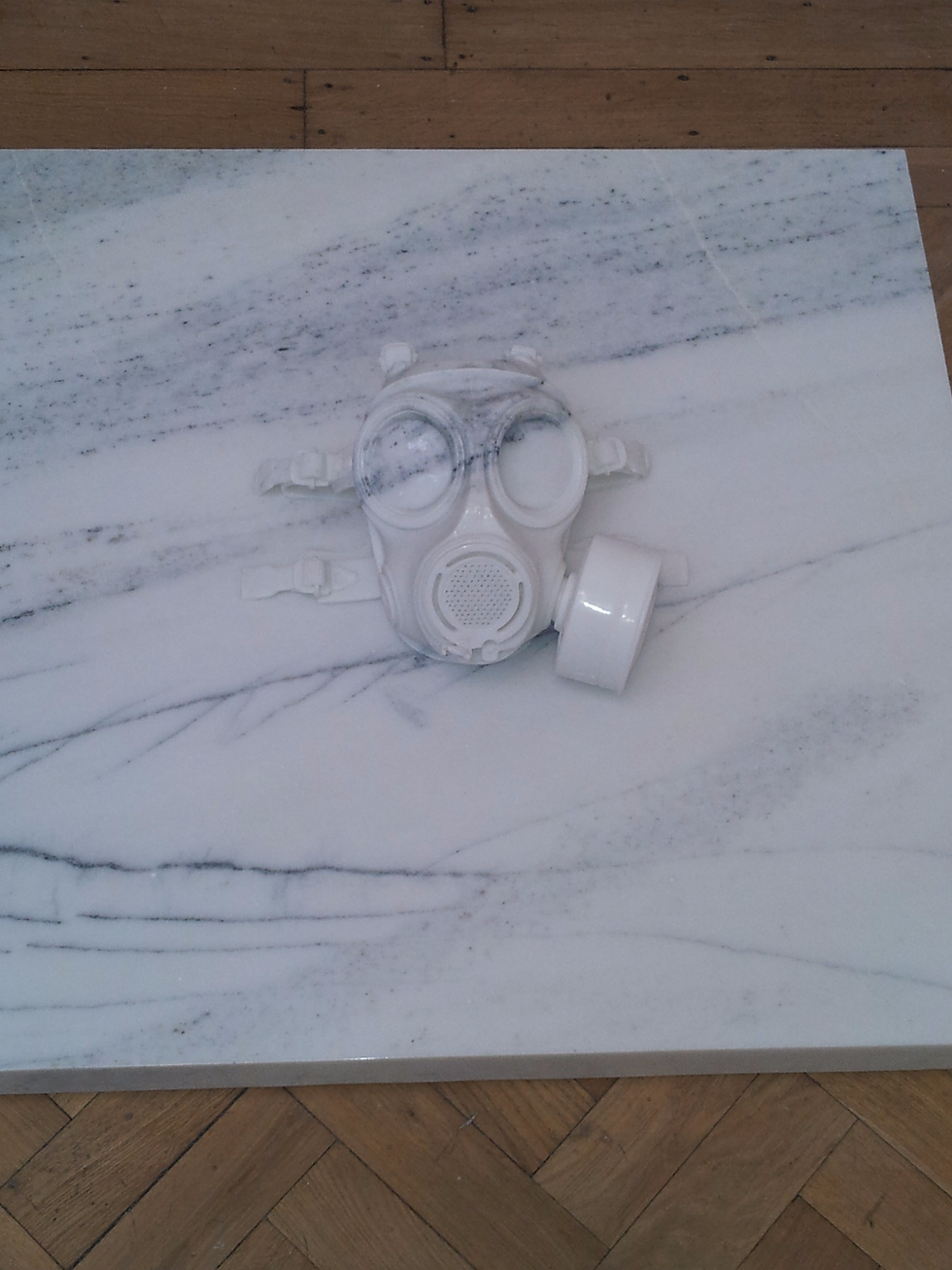

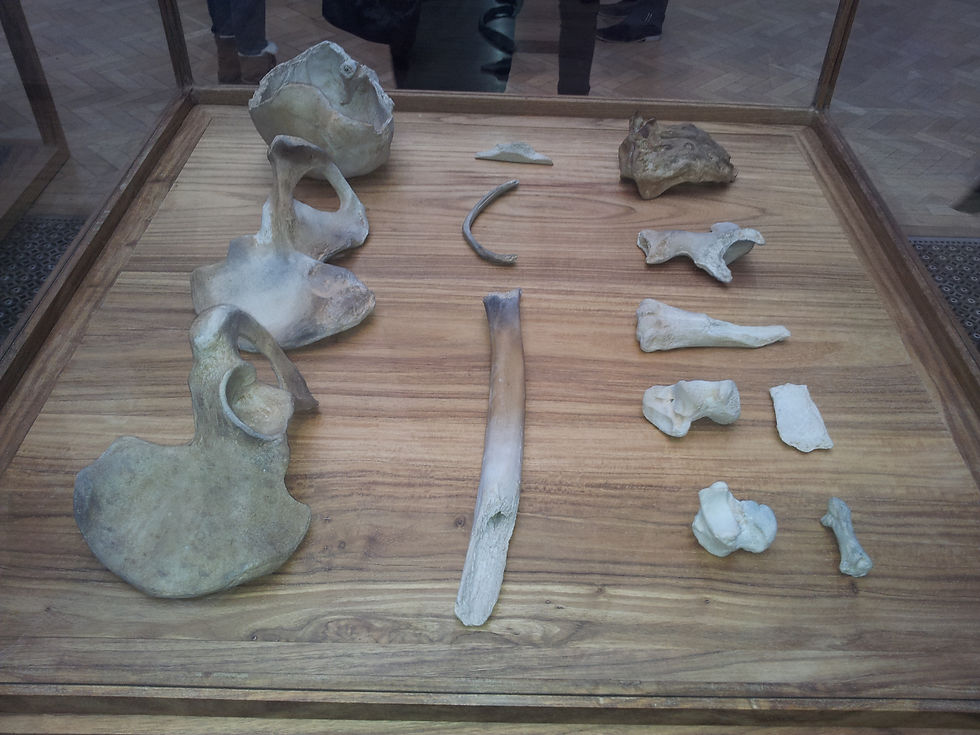





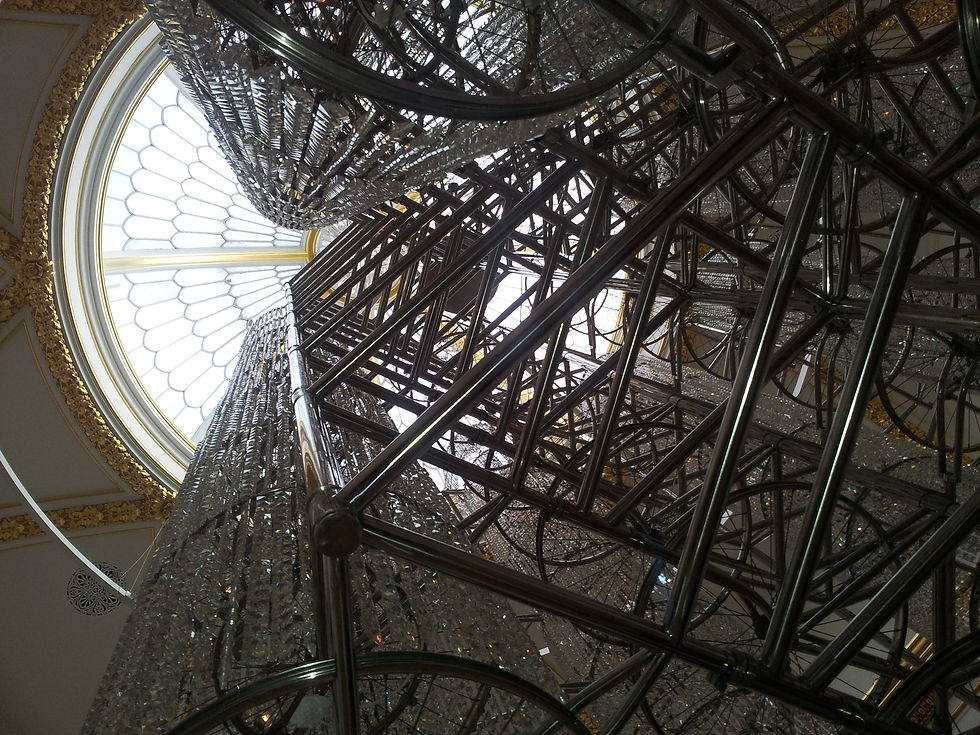


The Suichan Earthquake
An earthquake hit Suichan in 12 May 2008, on a scale of 8.0, which left 90,000 people dead and another 11 million homeless due to the poorly designed architecture and buildings not following the safety codes. He repeatedly asked the the government for names, costs, and the bodies locations yet he never got an answer. The art he created is made entirely from the poles used to support the many public schools structure


S.A.C.R.E.D.: 6 Dioramas
Ai Wei Wei created 6 mini hotel room sculptures documenting his imprisonment in China. These sculptures represent the paranoia and distress he experienced. These 6 dioramas represent eating, interrogation, showering, walking, sleep and using the lavatory.